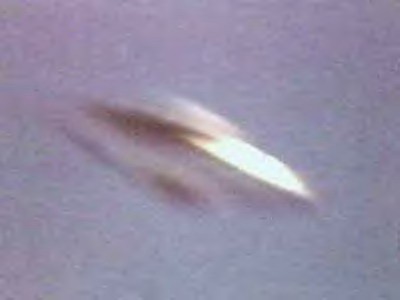
Some years ago GQ magazine sent me to Area 51 in Nevada and Roswell in New Mexico to check out the UFO thing. I was driving my saloon along a very long road in NM when I saw a sign with the legend “Roswell Crash Site: Tours”. I backed up and was able to join a party of the curious as they were escorted, in 4x4s, to an outcrop of rocks amongst several outcrops of rock. The last few hundred yards of the journey were made on foot. I fell to talking with a pleasant man. I asked him what his interest was in the UFO business. He said “I’m a researcher.” My father was also a researcher, he worked in chemical microbiology. For him, research consisted of testing hypotheses by means of repeated, precise experimentation. It was considered, in his circles, a little off-colour either to ignore inconvenient evidence or to doctor the evidence so that it fitted the hypothesis. The word ‘research’ used loosely, does, of course, simply denote the process of ‘looking into’ or ‘finding out about’ something. This guy near Roswell, however, clearly craved the cachet of being seen as scientific rather than enthusiastic.
The problem here is that UFOs did not land at Roswell or nearby. Or anywhere. Prior to the GQ assignment I looked into some books on UFOs and found them exciting. I subscribed to some remarkable mailing lists on UFOs and read literally hundreds of accounts of encounters of the various kinds. After a few days all the stories sounded the same. My interest in anecdote fell away abruptly and I returned to the sceptical position that had been temporarily sidelined by the welter of late 20th century fairy stories.
What does warrant continued examination is the matter of people seeing what they want to see. In UFO circles the practice is extreme, considerably more developed than the universal editing tendency to improve or degrade experience, depending on temperament and broad circumstance. Of the varieties of remodelling with which I am familiar, the most fascinating is the one where the modeller sees lights or objects in the sky and then upgrades them. There are many social and psychological factors that can be considered of explanatory value here, but to put it baldly: there are processes of socialisation that teach us all how to ‘see’ in a way that is more than mere physiology but among us there are some that get away.
The ones that get away, the ‘visionaries’, bypass the corral and enjoy a plastic universe. The word ‘enjoy’ feels appropriate because, hey, wouldn’t it be nice to see what you want, out there, not just feel it, in here? Despite my disdain for the narratives used to support such seeings I can’t deny a tinge of envy sometimes. But then I remember the Lens Flare Lady, whose portfolio of flying object photos is packed with night shots of strange lights that are so very obviously optical artifacts that she has learned to produce by cultivating her technical incompetence.

And then I remember Radionics and lose the will to continue writing.
21.10.2007

